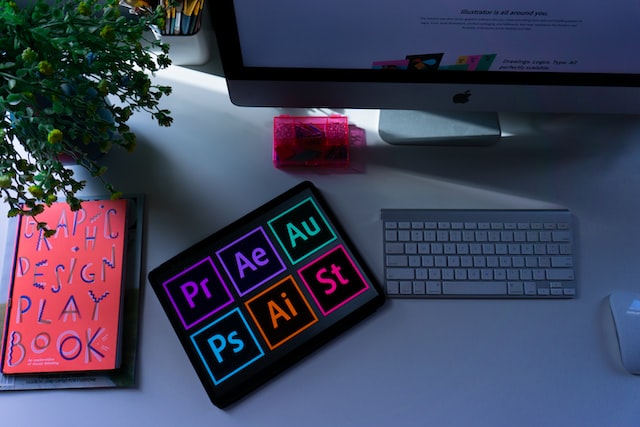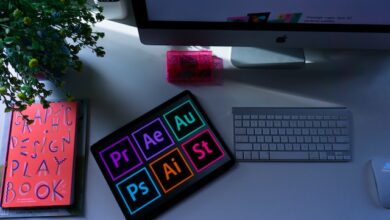The Basics of Graphic Design

Graphic design is a field of art that involves creating visual content to communicate ideas, messages, and information to a target audience. It’s a crucial element in marketing, advertising, and branding. Designers use various tools and techniques to create designs that are both visually appealing and effective in conveying the intended message. In this blog post, we’ll cover some basics of graphic design to help you understand what it is and how it works.
- Purpose
The first and foremost thing to consider when designing any visual content is its purpose. What do you want to convey? What message do you want to communicate to your target audience? This could be anything from promoting a product or service to creating a logo for a company. Knowing the purpose of the design is crucial in determining the design elements to use and the overall design aesthetic.
- Typography
Typography refers to the use of fonts and typefaces in design. It’s a key element in graphic design, as it can greatly affect the look and feel of a design. Typography includes not only the font style but also the size, spacing, and color of the text. It’s essential to choose typography that matches the purpose of the design and is easy to read.
- Color
Color is another crucial element in graphic design. It can convey different emotions and moods and can greatly affect the overall impact of the design. When choosing colors, it’s important to consider the purpose of the design, the target audience, and the brand identity. Different colors can evoke different emotions and feelings, so it’s important to choose colors that match the intended message.
- Images and Illustrations
Images and illustrations are often used in graphic design to communicate ideas and messages. They can help break up text and add visual interest to a design. When choosing images and illustrations, it’s important to consider the purpose of the design, the target audience, and the overall aesthetic. Images and illustrations should be high quality and relevant to the intended message.
- Layout
Layout refers to the arrangement of design elements within a design. It’s important to have a well-organized layout that’s easy to navigate and understand. The layout should guide the viewer’s eye to the most important elements of the design and should be balanced and visually appealing.
- Consistency
Consistency is key in graphic design. It’s important to maintain consistency in typography, color, images, and overall aesthetic throughout a design. This helps create a cohesive design that’s easy to understand and visually appealing.
- White Space
White space, also known as negative space, refers to the areas of a design that are left blank. It’s important to use white space effectively to create a balanced and visually appealing design. White space can help guide the viewer’s eye to the most important elements of the design and can also help create a sense of simplicity and elegance.
In conclusion, graphic design is an essential element in marketing, advertising, and branding. It involves creating visual content that effectively communicates ideas, messages, and information to a target audience. By considering the purpose, typography, color, images and illustrations, layout, consistency, and white space, designers can create designs that are both visually appealing and effective in conveying the intended message.




